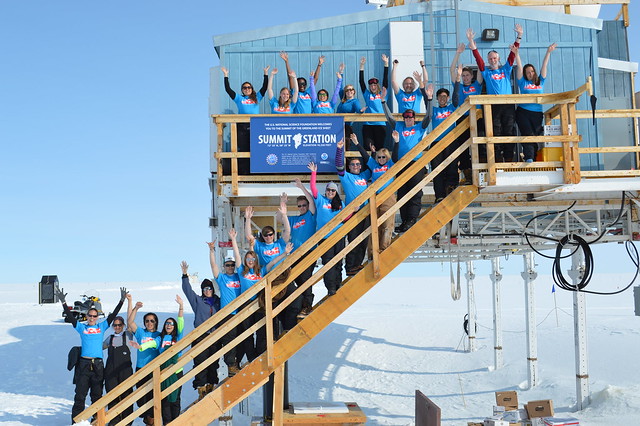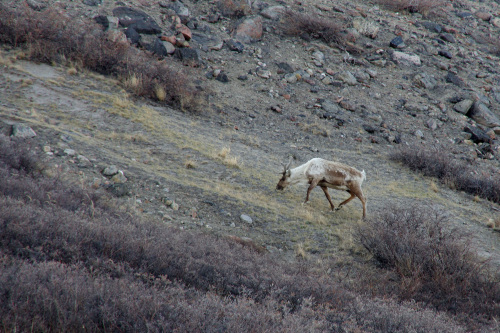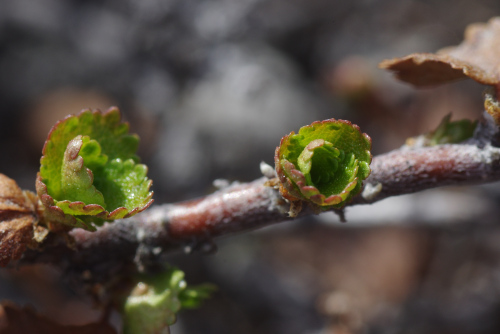Over the past three years, Dartmouth graduate students and faculty have been working with high school educators from New Hampshire and Vermont to develop a set of polar science lesson plans for use in high school classrooms. Each JSEP Graduate Fellow is tasked with developing a stand-alone lesson plan, based on their work with JSEP students in Greenland, that will become freely accessible as a community resource for K-12 teachers. Each lesson plan targets specific Next Generation Science Standards or Common Core while highlighting the importance of polar environments and polar science.
Today we are excited to share the first of those lesson plans. Created by recent Earth Science graduate Dr. Ruth Heindel, The World of Lichens introduces students to these symbiotic organisms that can survive in some of the harshest environments on Earth. Students complete an inquiry-driven project and get hands-on practice with the scientific method while learning about the important role that lichens play in ecosystems and as a scientific tool. Follow the link above for the lesson plan and supporting materials, including Dr. Heindel’s video: The World of Lichens: Beautiful & Underappreciated.
We owe a huge thanks to Dr. Heindel for her great contributions to JSEP and her dedication to inspiring students though her science, teaching, and art. Dr. Heindel is now a post-doc at INSTAAR in Boulder, Colorado where she is continuing her research on landscape evolution and biogeochemical cycling in rapidly changing alpine and polar environments.
Dr. Ruth Heindel speaks to JSEP high school students in Greenland, July 2016.












